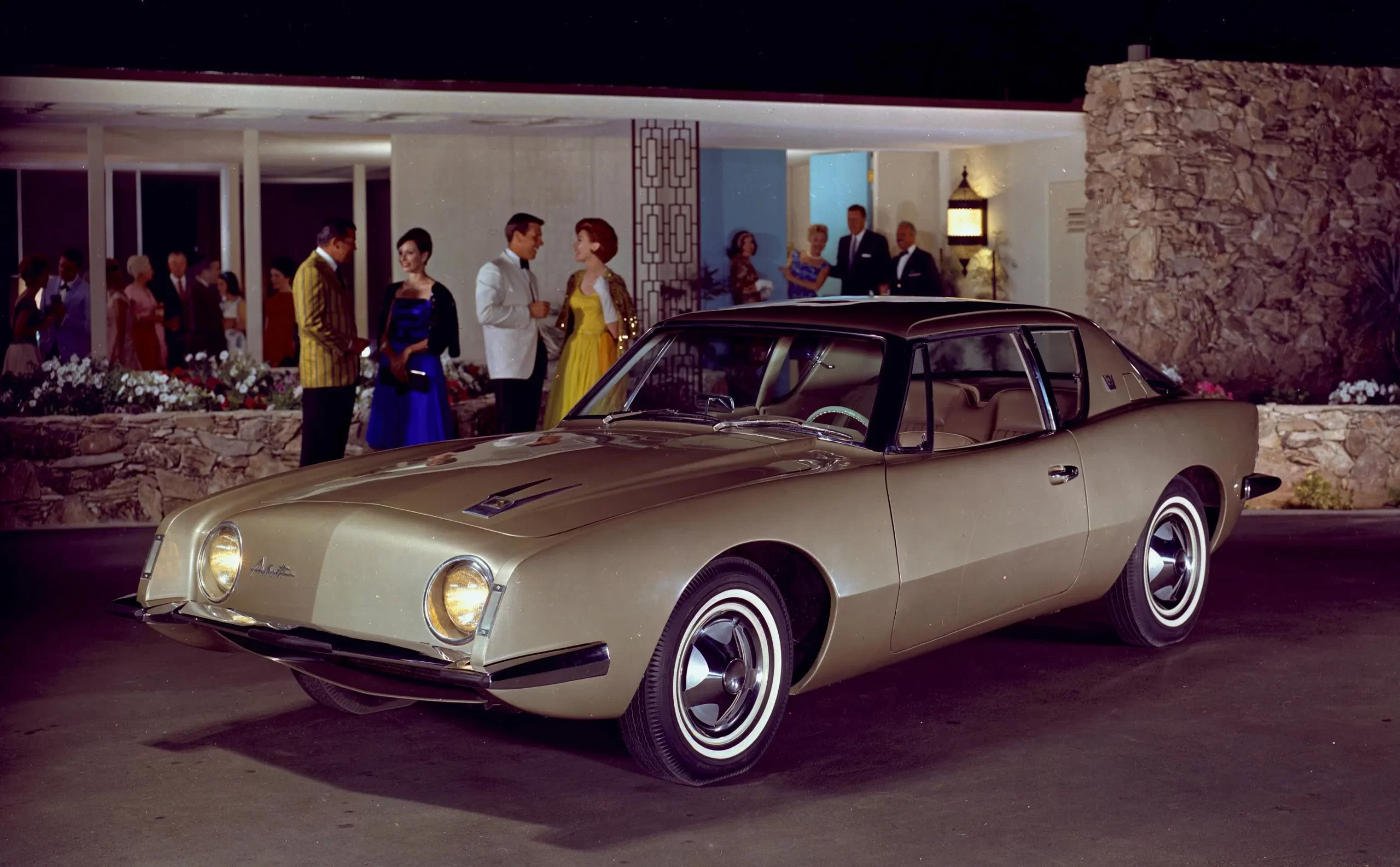Studebaker wagons and carriages
Studebaker’s history spans the century from wagons to cars. It includes the founding of the company, the Great Depression, the strike, and the mergers.
The Studebaker Company was founded in 1852 in South Bend, Indiana by the Studebaker brothers. These brothers were born Henry, Clement, John, Peter, and Everst. They had five sisters.
Their family was originally from Stutenbecker, Germany. In 1704, Peter Studebaker started forging steel. A few years later, he opened a blacksmith shop in South Bend, Indiana. By the mid-1800s, the Studebaker brothers were manufacturing wagons.
When the American Civil War began in 1861, the Studebaker brothers took advantage of a large government contract to build wagons. This led to prosperity for the Studebaker Brothers.
By 1870, the Studebaker Brothers Company was the largest carriage and wagon manufacturer in the world. During the Spanish-American War, they supplied 500 wagons within 36 hours. Later, the British army ordered a large number of Studebaker wagons for use in the Boer War in South Africa.
The Great Depression hit Studebaker in the early 1930s, and they had to lay off many workers. As a result, the plant had to produce 20,000 cars a year to turn a profit.
Studebaker’s history is characterized by the beauty and durability of their vehicles. Initially, they were horse-drawn, but in the early 1900s, they switched to electric and gasoline engines. From 1938 to 1955, Raymond Loewy Associates designed Studebaker models.
The Studebaker name disappeared from the American business scene in 1979, but the Studebaker National Museum was established to preserve the company’s history. The museum is located in South Bend, Indiana. Several Studebaker vehicles are on display. Among these are a 1947 Champion wood-sided station wagon.
Throughout their history, Studebaker manufactured more than 750,000 wagons. At one point, the Studebaker Corporation merged with Packard Motor Car Company. Eventually, Studebaker was acquired by McGraw-Edison. Afterward, the company was sold to Cooper Industries. After this, the Studebaker brand was renamed Avanti. Until 1966, Studebaker was the largest wagon and carriage manufacturer in the world.
Studebaker cars
If you are interested in the history of the automotive industry, you will probably be interested in Studebaker cars. In fact, Studebaker is one of the oldest automobile companies in the United States. The company was founded by five brothers in the early 1850s. Their first vehicles were covered wagons that were used for travel throughout the United States. They were also commissioned to build horse saddles and ambulances for military forces in Europe.
While Studebaker is famous for its low-priced cars, it is also famous for its innovative engineering. This was especially the case during the Great Depression. When Studebaker was struggling to survive, its executives laid off thousands of workers.
Studebaker became a top-ranking automobile manufacturer during the 1920s. It introduced a variety of models, including the Studebaker Champion. These low-priced cars featured the company’s distinctive “bullet nose” design.
After the war, Studebaker introduced new styling. Its first post-war car was the 1947 Champion. This model featured a long trunk lid, a rounded profile, and a wrap-around rear window.
Studebaker also manufactured a line of buses. In the early 1980s, the company restructured its business, allowing investors to take control. By the end of the decade, the company had a $43 million loss. As a result, the company was put into receivership.
A couple of years after the reorganization, Studebaker was able to launch its new model, the Skyway Champion. This car was built for a low price, but it was not popular with consumers. Rather than sell the vehicle at full price, the company decided to focus on public relations and sales.
The company’s financial picture improved, but it was still unable to make payments to its creditors. In 1933, Studebaker was placed in receivership. At that point, it was unclear what the future would hold for the company.
Studebaker survived the Great Depression with its low-priced Champion models, but its fortunes took a downward turn during the late 1960s. In 1963, the company had an all-time low in sales.
Studebaker ceased production in 1966. Today, the company’s name is no longer associated with the American automotive industry.

